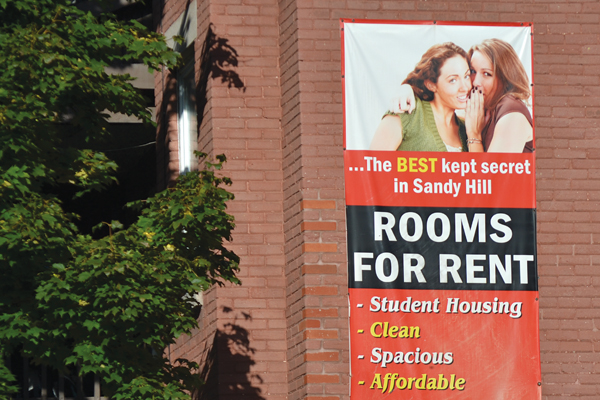IN THE TRANSITION between high school and university, free, easily accessible WiFi is one of the biggest differences post-secondary offered. Access to a wireless connection everywhere at university means freedom to roam Facebook, browse memes, read the news—pretty much do anything but pay attention to your prof. Still, unlimited internet access is something universities value—not so for high schools.
Recently, the Ontario Catholic Teachers Association (OCTA) made a move to restrict WiFi access in high schools. According to the OCTA, having unlimited access to wireless Internet on school property poses a significant risk to students and faculty alike—but not for the reasons you might think.
While procrastination may be the greatest observable risk posed by unlimited WiFi access this writer experienced in school, the OCTA is far more worried about the effect of radiation on students produced by wireless Internet connections. What radiation, you ask? Well, that’s what OCTA critics are questioning, too.
In recent years, numerous studies have been commissioned by the federal government, as well as private organizations, to study the possible risks of wireless signals on the individual. The consensus: While wireless devices do emit some radiation, there is no discernable risk even with regular usage.
While it is understandable that teachers may want to ban or restrict Internet access in schools, the OCTA is going about it the wrong way. The real risk WiFi access poses to students is distraction, not radiation, and concerned teachers should be addressing that angle head-on if they actually intend to bring about change.
All WiFi seems to practically offer high-school students is access to Facebook and other distractions. Students already have a hard time focusing because of constant text messaging, not to mention all the distractions of raging hormones and Gossip Girl-esque social lives. Why add more to the pot?
—Lisa Mai




